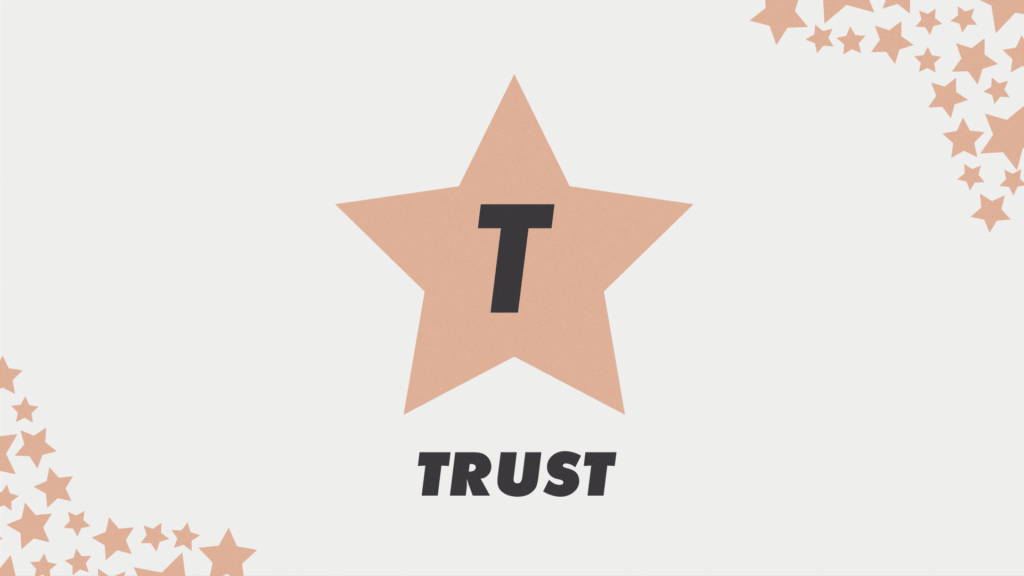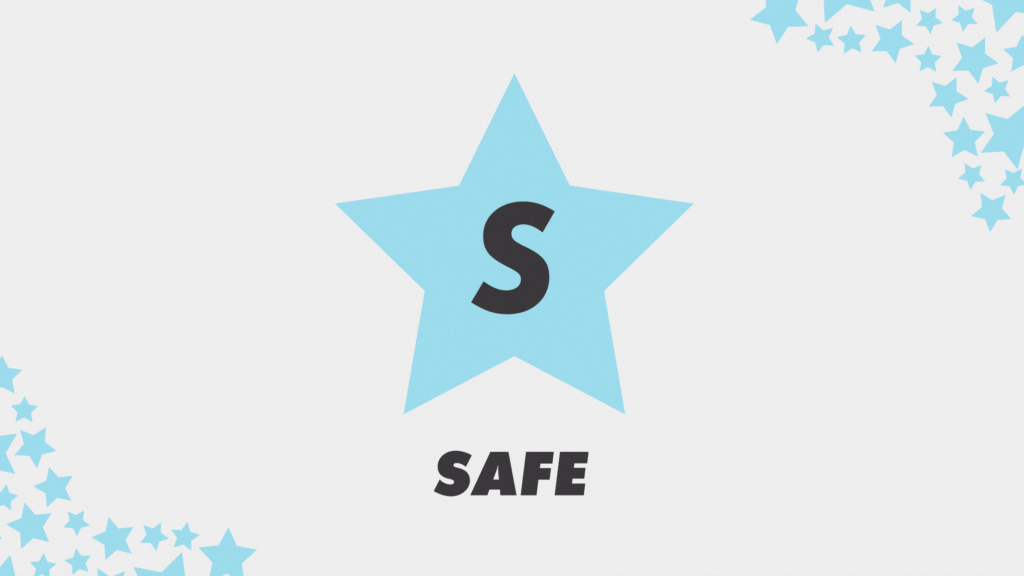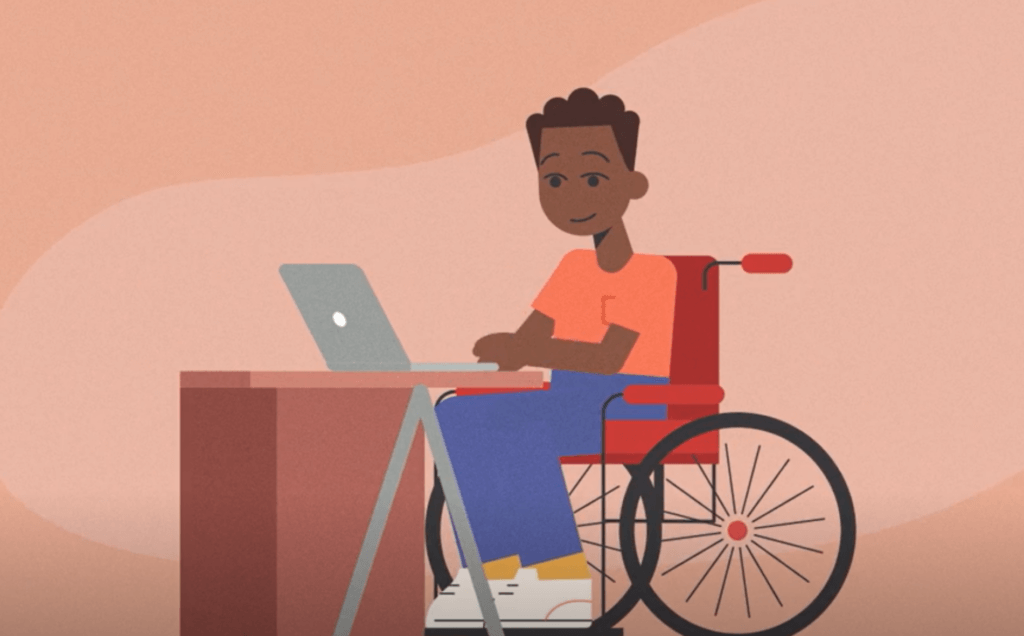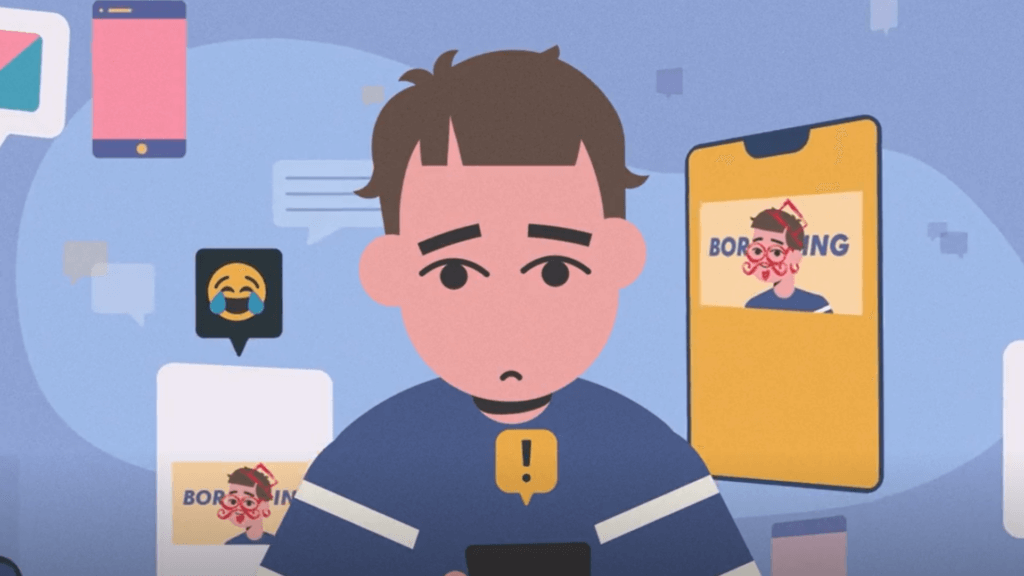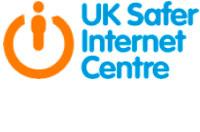Whilst online we can encounter a vast amount of information, photos, videos and messages from others. However, deciphering what we can trust, and recognising content which has been edited or contact which isn’t trustworthy, can be challenging. When engaging with others online and the content they have shared it is important to consider who they are, what their motives might be and if any key indicators of trust are missing.
Misleading or edited content can be easily shared online both intentionally and unintentionally. However, the impact it can have on the person engaging with it is important as it could lead them to feel worried, upset, confused or develop a false perception of trust.
The internet can be a great platform for young people to find out information or simply engage with content they enjoy and find interesting. However, understanding the motives behind why someone has shared something or made contact can be challenging. Being duped by misleading content and contact online is a challenge for everyone but those with additional needs may find the concept of trust and motivations particularly difficult to navigate online. Autistic young people, in particular, tend to be very trusting of others and literal in their understanding of the things which they see and hear.
The internet comes with an added ambiguity that there is no hard and fast rule that will work for every situation. There are key indicators of trust which can be explored and considered when navigating online situations, but these may not always present themselves in an obvious way. Often, we must assess the situation for ourselves, check the information we are seeing and discuss our online experiences with others in order to rate the overall level of trustworthiness.
- An introduction and advice for educators on teaching this topic
- Key vocabulary to share with learners
- Starting point discussions to introduce key concepts
- Teaching point activities designed to deliver key messages in a variety of styles
- A quiz for recap and assessment
- Ways to revisit and extend the learning
- A document to share beyond the classroom (with parents, carers and residential staff)
